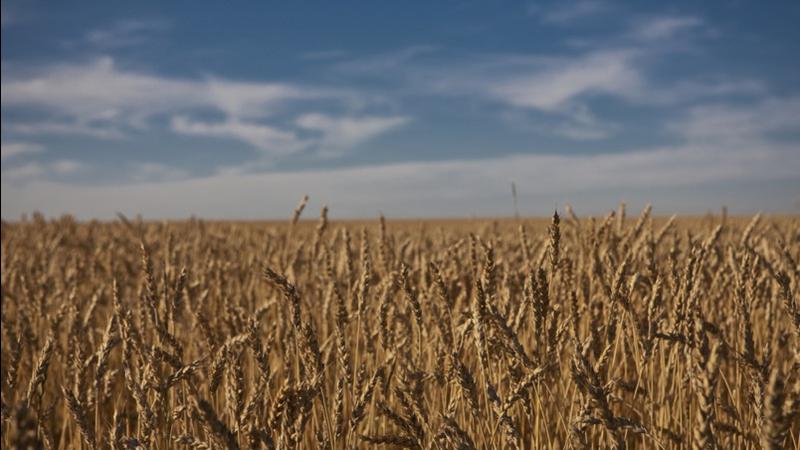
More wheat to be planted this growing season
Canadian farmers intend to plant the most wheat in 22 years.
The Statistics Canada Principal Field Crop Area report said the war in Ukraine and drought in the United States tighten global supplies.
Canadian farmers expect to plant more wheat, canola, corn for grain, barley and soybeans in 2023, while area seeded to oats, lentils and dry peas is anticipated to decrease compared with the previous year.
Wheat


